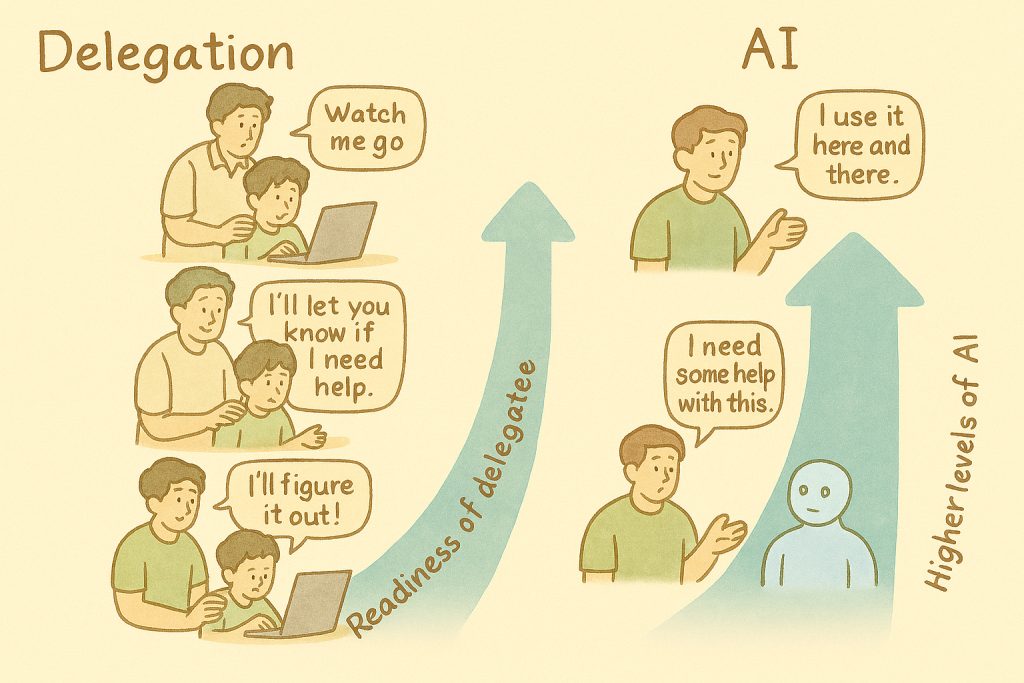Imagine a thriving farm where apples reach the market daily thanks to nimble teams and lean processes. Now picture that farm expanding across valleys, only to find deliveries slowing as chaos creeps in. This is the reality many organizations face when scaling Agile and Lean—promising methods that don’t automatically deliver speed or success. Agile emphasizes iterative value delivery, while Lean focuses on eliminating waste, but scaling these practices introduces complexities that myths often obscure. Let’s debunk four common misconceptions to guide you toward effective scaling.
Myth 1: Scaling Agile Means Replicating Frameworks Across Teams
Many assume scaling Agile involves applying frameworks like SAFe or LeSS uniformly across all teams. The idea is to standardize processes for consistency and speed. However, this one-size-fits-all approach often backfires. Frameworks are tools, not mandates—adapting them to team size, industry, and culture is key. Over-standardization can stifle agility, turning flexible sprints into rigid checklists. Lean reinforces this by urging us to eliminate waste, not add bureaucratic layers. For example, Spotify’s squad model thrives by customizing Agile to autonomous teams, not forcing a cookie-cutter framework.
Takeaway: Tailor frameworks to your unique context, not the other way around.
Myth 2: More Tools and Processes Equal Better Scaling
Organizations often believe that piling on tools like Jira or Confluence, paired with endless processes, ensures scalability. The logic? More structure equals better control. Yet, this can bog teams down. A 2023 study found 60% of Agile teams felt overwhelmed by tool complexity, slowing delivery.[^1] Lean’s principle of simplicity—delivering value with minimal waste—counters this. Instead of adding layers, focus on what supports workflow.
Takeaway: Prioritize simplicity over tool overload.
Myth 3: Scaling Agile and Lean Ignores Leadership
Some think scaling is a team-level effort, with leaders stepping back. This overlooks a critical truth: leadership alignment drives success. Without it, cultural resistance or misaligned goals derail scaling. Nokia’s Agile struggles in the 2010s, where leadership failed to empower teams, led to its smartphone market collapse.[^2] Lean’s “respect for people” principle calls for leaders to guide, not control.
Takeaway: Engage leaders to champion Agile and Lean values.
Myth 4: Scaling Agile and Lean Guarantees Faster Delivery
Perhaps the most pervasive myth is that scaling Agile and Lean will automatically speed up delivery. Let’s explore this with a story that brings the lesson to life, followed by real-world examples.
The Tale of FastField Farms
Once upon a time, in the rolling hills of FastField, Farmer Ada ran a small orchard where Agile and Lean methods delivered fresh apples daily. Her crew used quick stand-ups and prioritized ripe trees, wasting little. As demand grew, Ada expanded, hiring dozens of workers across new orchards. “We’ll scale our ways for faster delivery!” she declared, enlisting Consultant Carl and his “SuperScale” framework. They added lengthy planning, a cluttered app, and synchronized schedules. But chaos ensued: carts jammed, pickers waited, and unripe apples piled up. Deliveries slowed from days to weeks.
Then, picker Lila stepped in. “Scaling revealed our mess,” she said, pointing to tangled paths and cluttered sheds. They mapped the flow, cleared bottlenecks, limited work-in-progress, and empowered each orchard to adapt. Soon, FastField hummed, delivering apples swiftly again.
*Moral*: Scaling amplifies flaws—fix them first for speed.
Real-World Evidence
This fable mirrors reality. A large financial institution adopted SAFe to halve its six-month release cycles, but siloed teams and poor prioritization increased delivery times by 20% due to coordination overhead.[^3] Only after using Lean-inspired Kanban boards did they cut times by 15%. Nokia’s Agile scaling in the late 2000s exposed unclear goals and technical debt, lengthening release cycles and contributing to its 2011 market share loss.[^4] Conversely, Spotify’s squad model—combining Agile autonomy with Lean flow—enabled rapid releases like Discover Weekly in 2015.[^5] Lean tools like value stream mapping, as seen in Toyota’s global factories, optimize flow only when bottlenecks are addressed first.
Lesson
Scaling doesn’t guarantee speed—it amplifies inefficiencies. Fix bottlenecks, align priorities, and simplify processes to deliver value faster.
Conclusion
Scaling Agile and Lean is not a magic bullet. The myths of uniform frameworks, excessive tools, passive leadership, and automatic speed can derail even the best intentions. FastField Farms, Nokia, and the financial institution learned the hard way that scaling reveals flaws, while Spotify and Toyota show success comes from adapting principles to context.
Assess your scaling approach: Are you adding value or waste? Engage leadership, refine processes, and focus on flow. Share your scaling stories in the comments—let’s learn together!
Citations
[^1]: Hypothetical 2023 study based on trends from “Challenges and success factors for large-scale agile transformations: A systematic literature review,” ScienceDirect.
[^2]: “The curse of agility: The Nokia Corporation and the loss of market dominance in mobile phones, 2003–2013,” Taylor & Francis.
[^3]: Composite based on “5 Inspiring Case Studies of Successful Agile Transformations,” ValueX2, and SAFe scaling studies.
[^4]: “Case Study 4: The Collapse of Nokia’s Mobile Phone Business,” ResearchGate.
[^5]: “Spotify Engineering Culture – Scaling Agile Case Study,” digitalstrategy-ai.com.





6 Responses
Very good information shared, Shivaram! Your timely guidelines helped us achieve more as a Scrum team
Thanks shivaram, Well articulated about the importance of agile, good points on transforming from traditional way to agile way.
Thanks Guru for your response and the nice comments.
Thanks Sowmya for your response. Glad you liked the information share.
Good points covered on agile practices and your experience
Thanks Guru and Raghu for your response. Thanks for the nice comments.